National treasure Ceramic pot, Dong Son culture.
The steamer is also the only privately owned national treasure, owned by Mr. Pham Gia Chi Bao, aka actor Chi Bao, among the 17 treasures on display. The terracotta steamer, dating back 2,500-2,000 years, from the Dong Son culture, was recognized as a national treasure by the Prime Minister in the 13th batch in 2024.
According to the introduction of the Ho Chi Minh City Museum of History, among the types of earthenware used for cooking during the time of the Founding of the Nation, the ancient Vietnamese invented a tool that could be called the most advanced at that time, which was the steamer. The steamer was used to cook sticky rice, and later expanded its function to steam food. The steamer has 2 floors: the lower floor is water, the upper floor is sticky rice or food, separated by a grid with many round holes for steaming. Up to now, archaeologists in the world have not recorded any cooking tool similar to the steamer with an ancient date like in our country.
The Dong Son culture steamer in the collection of actor Chi Bao has a total height of 40cm, a mouth diameter of 28.5cm, a mouth edge thickness of 0.9cm, a body height of 23cm, and a thickness of 1.2cm. Of which, the pot is 17cm high, 0.9cm thick; the ventilation grill is 0.4cm thick, 11cm in diameter with small holes of 0.5cm in diameter. The total weight of the steamer is 4,200gr. With this size and shape of a flared mouth, narrow back, and round belly, the steamer has a unique elegance that cannot be confused with other cooking utensils or any other type of container.
In terms of material, because it is made from fine clay mixed with small-grained sand and plant residue and fired at a temperature of about 800-900oC, the steamer has a fairly hard frame and is almost not deformed when fired. On the other hand, because the clay is not refined, the steamer is gray-red mixed with white, in which red is the dominant color.
Also according to the Ho Chi Minh City Museum of History, the steamer is made on a rotating table combined with hand-molding, with a stone-pounding table to help the product be firm, with the thickness - thinness according to the requirements of a tool to cook food with boiling hot steam. After that, the steamer is baked outdoors, using the manual folding method. The outside of the steamer is decorated with "rope patterns combined with smoothing", highlighting the Dong Son culture. This decoration style not only helps create aesthetics, but also supports the shaping technique to help the product be sturdy, resistant, less prone to cracking when baked and maintain even heat when used.
Over 2,000 years old, the steamer, although having some cracks and a few scars, is still basically intact, considered a "historical miracle". The Ho Chi Minh City Museum of History commented: This ceramic steamer is the pinnacle of the technique of making terracotta wares during the Founding of the Nation period.
Article and photos: DUY KHOI
Source: https://baocantho.com.vn/bao-vat-quoc-gia-thuoc-so-huu-cua-dien-vien-chi-bao-co-gi-dac-biet-a188303.html



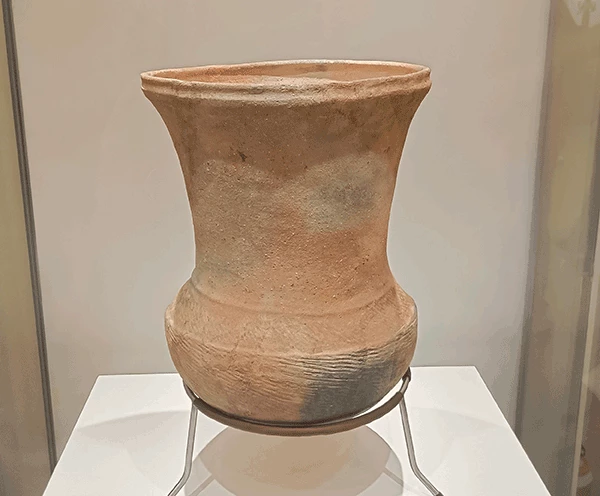
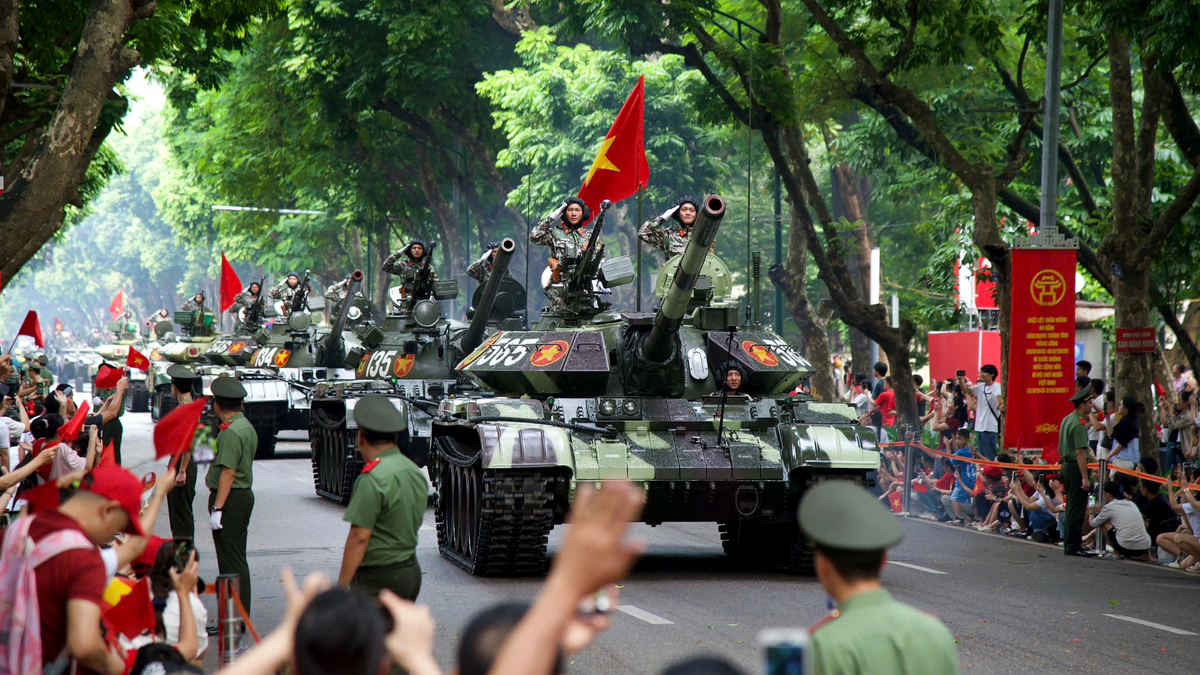



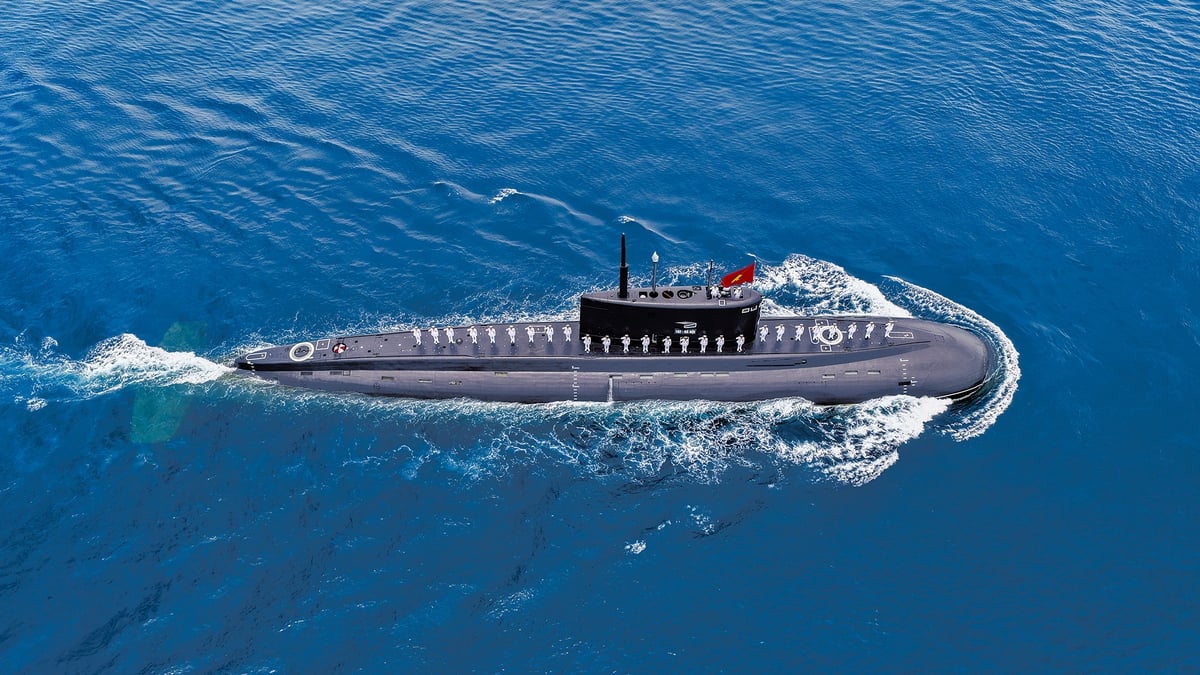

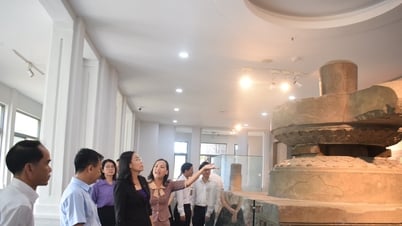

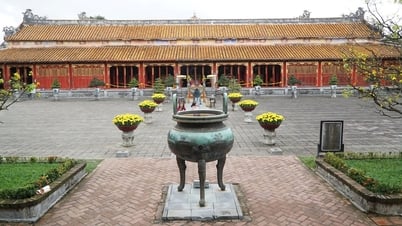

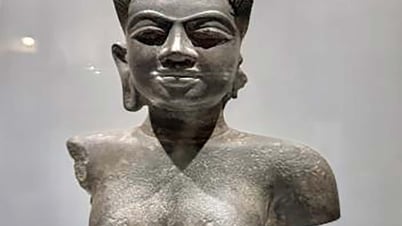









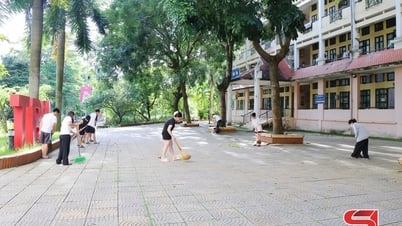

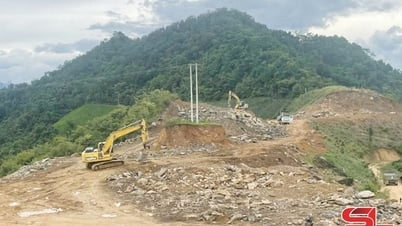
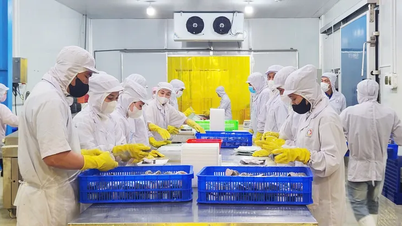
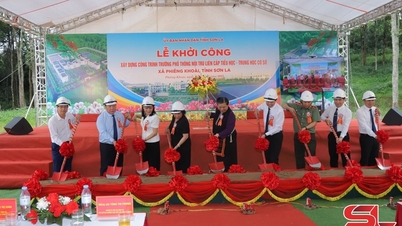
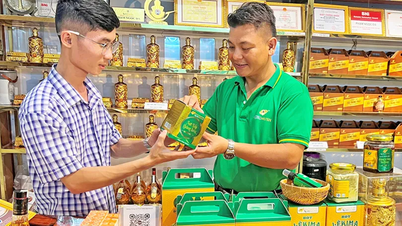


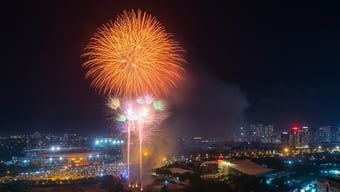

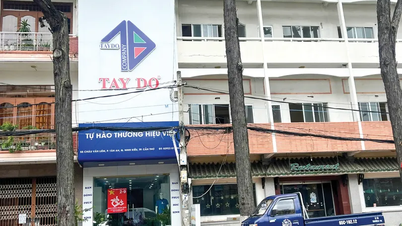
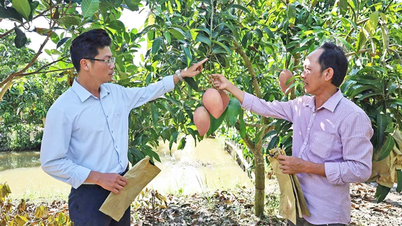
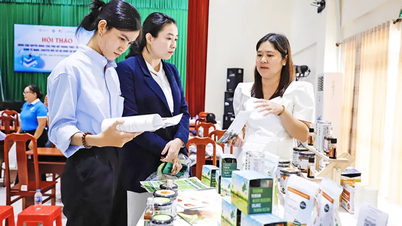
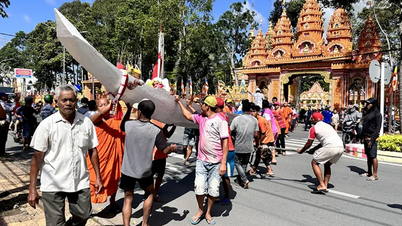


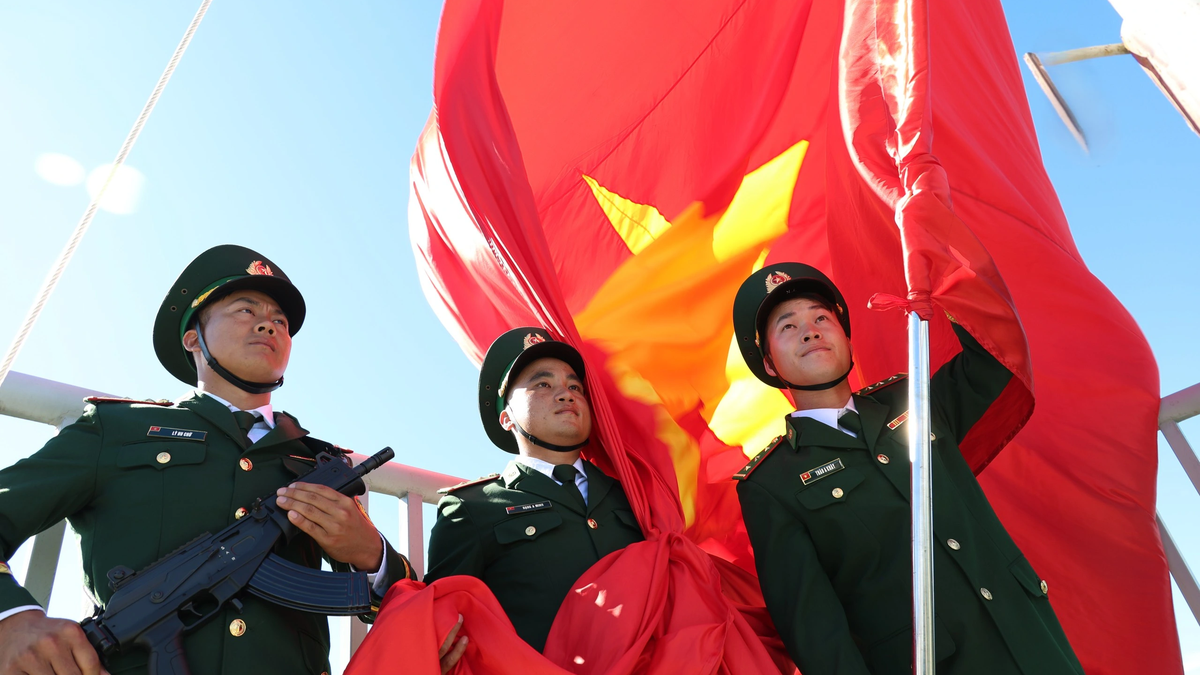
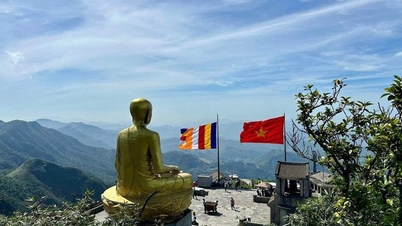

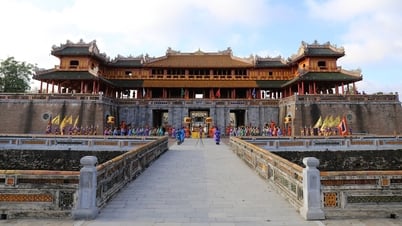

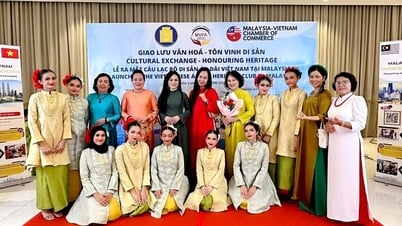
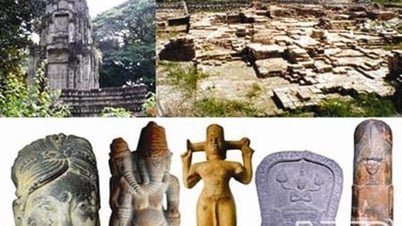

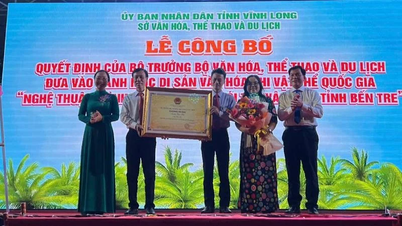


















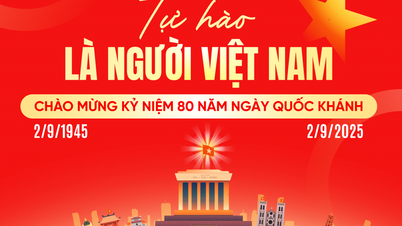


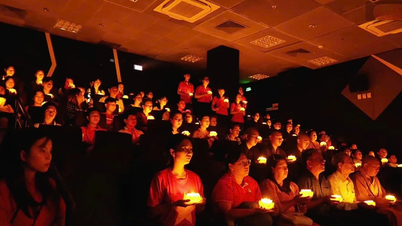

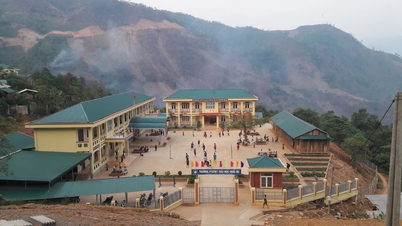


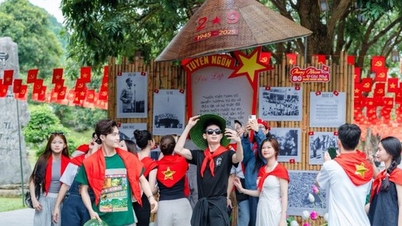

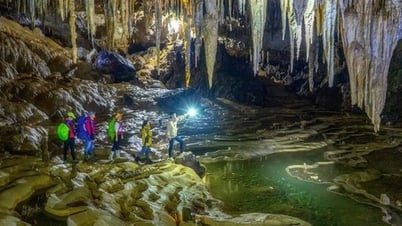
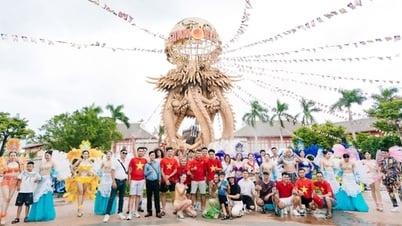

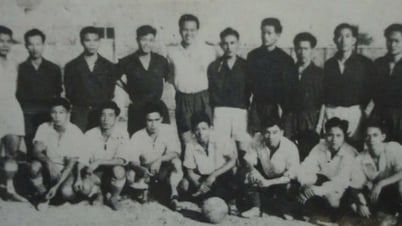

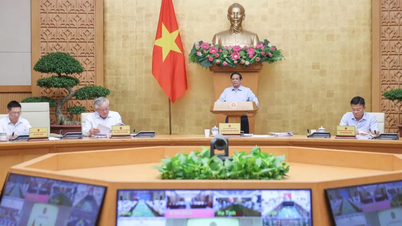



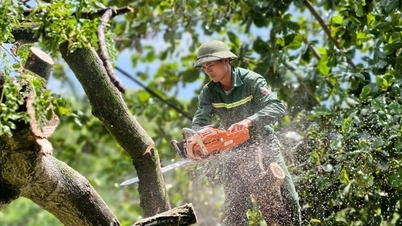









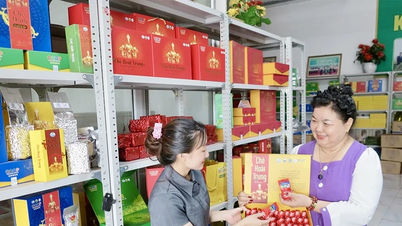

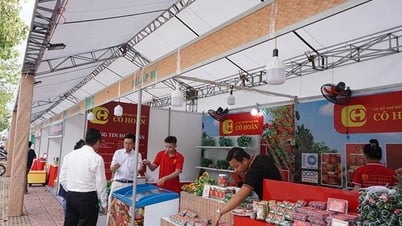

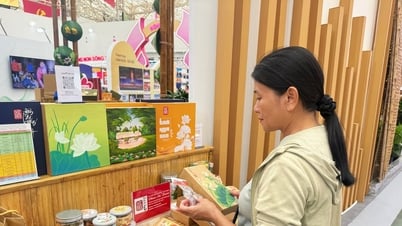


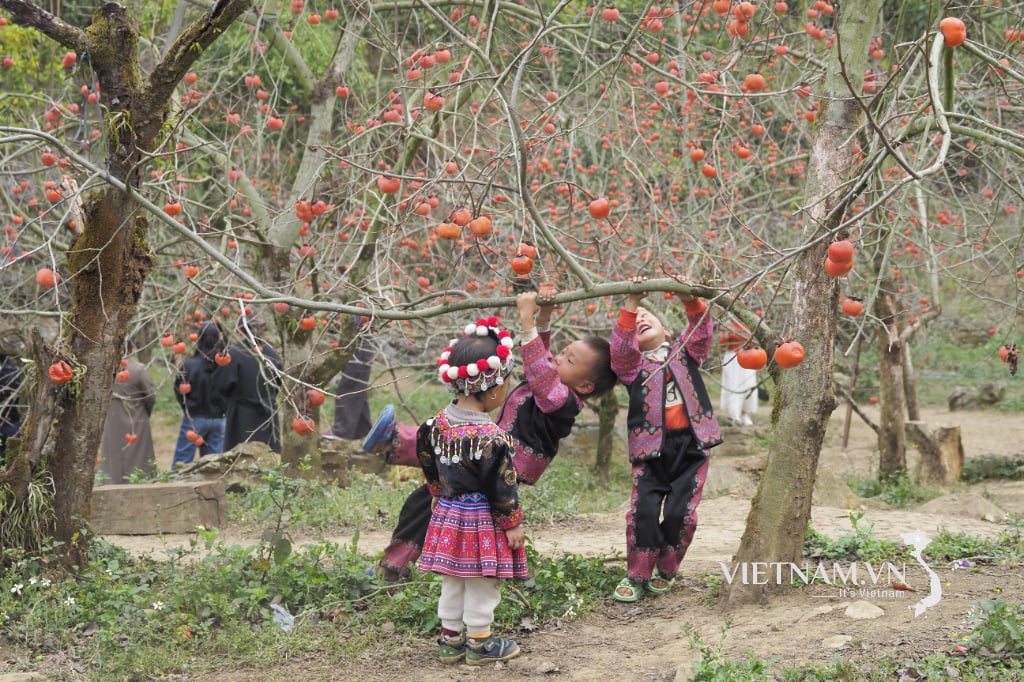
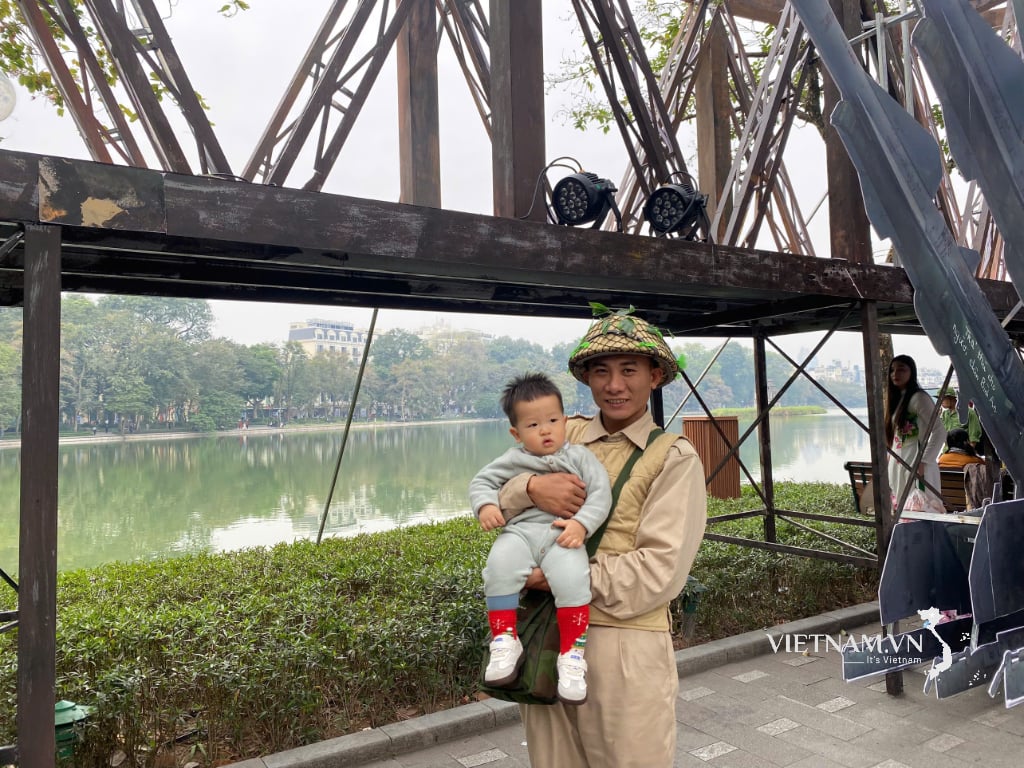
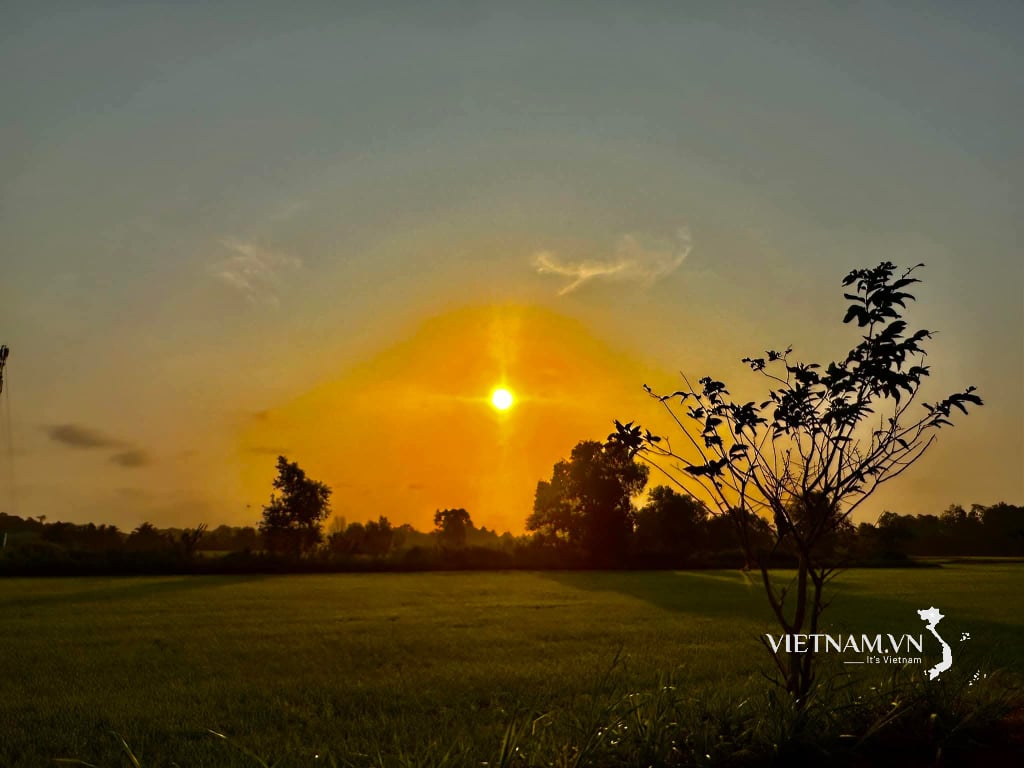
Comment (0)